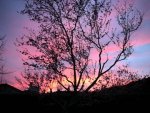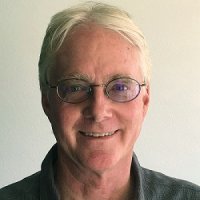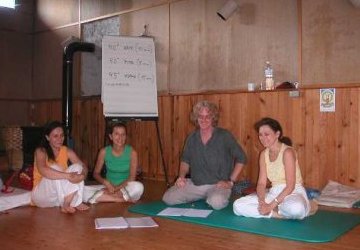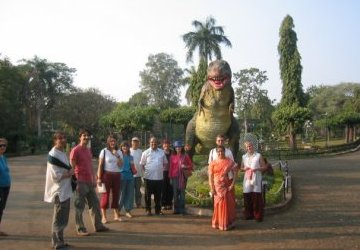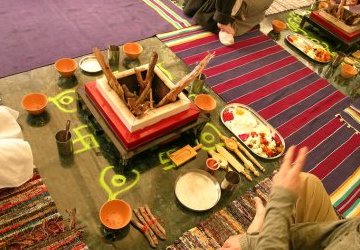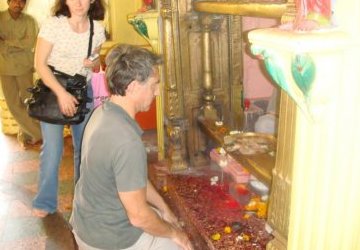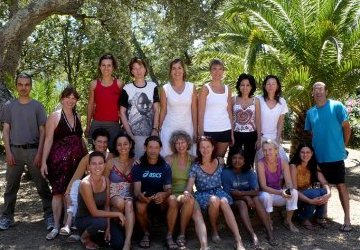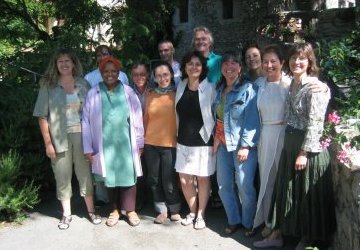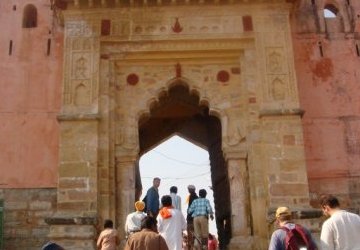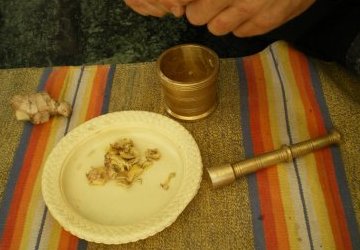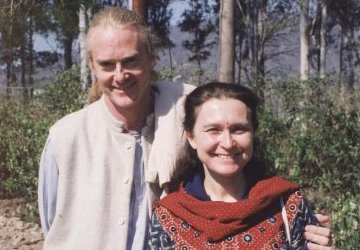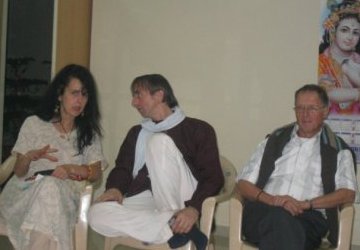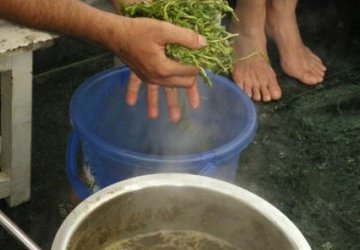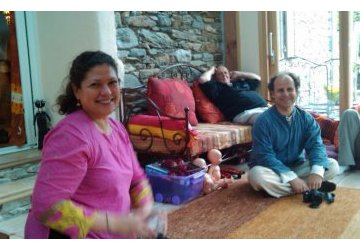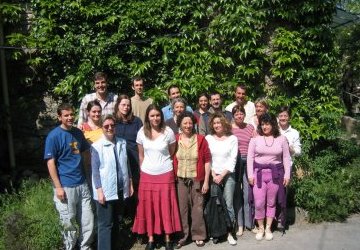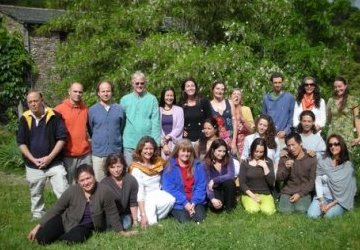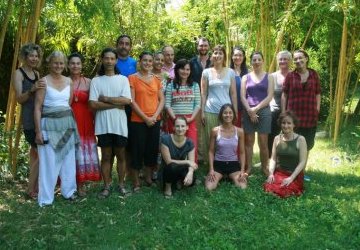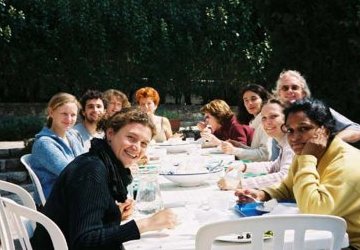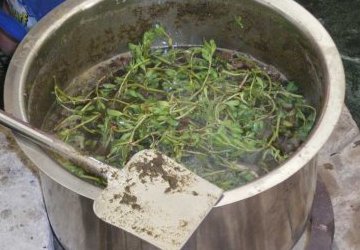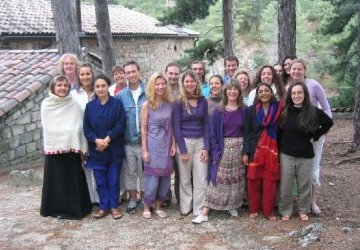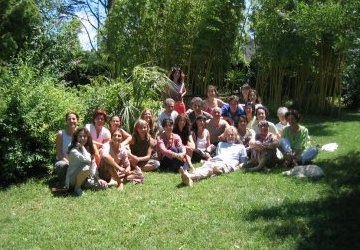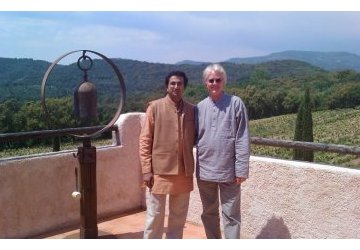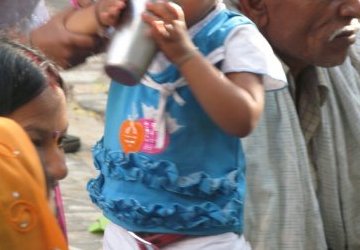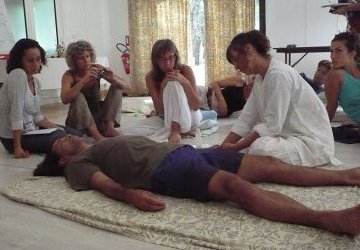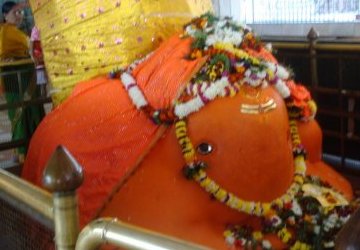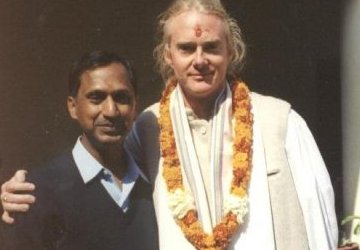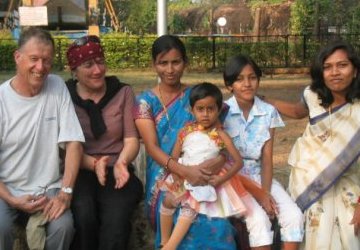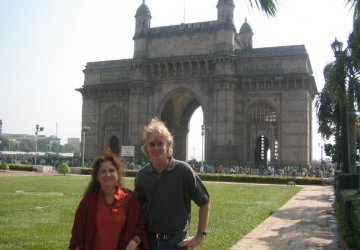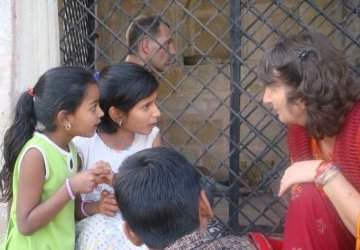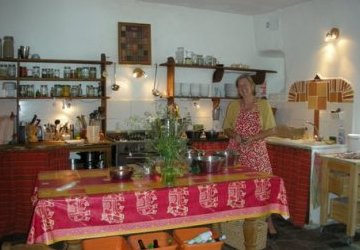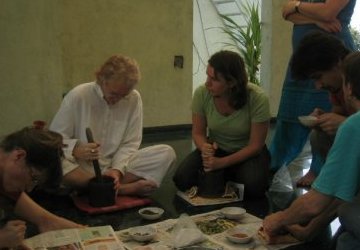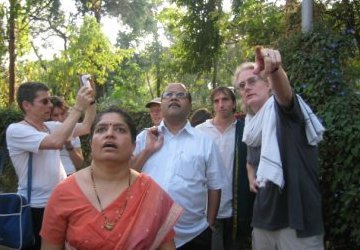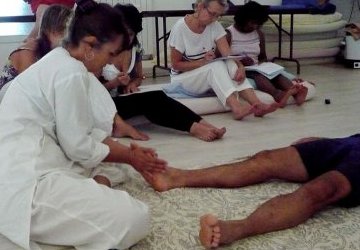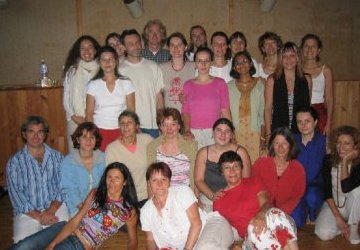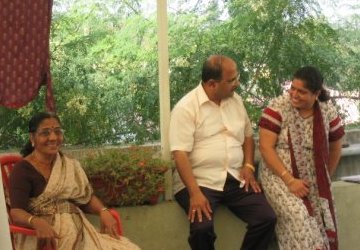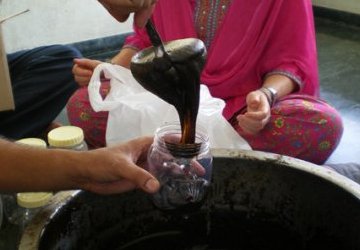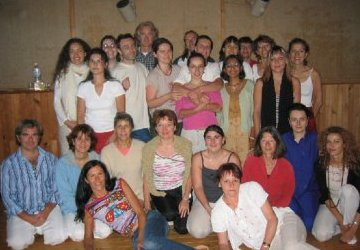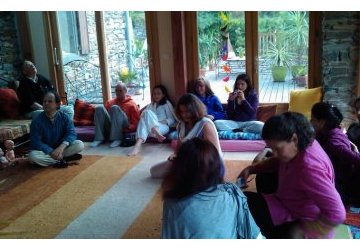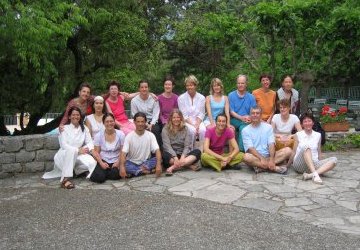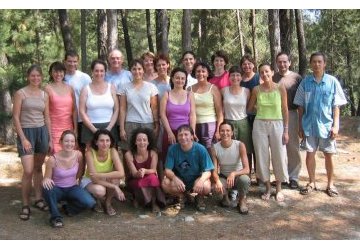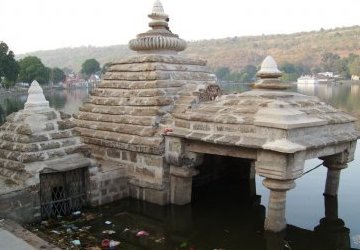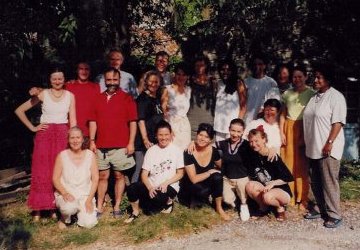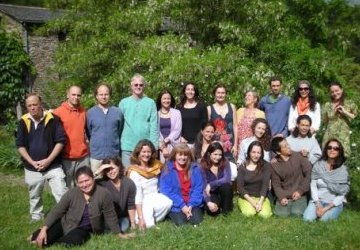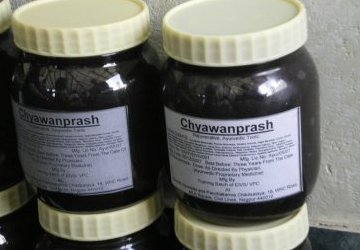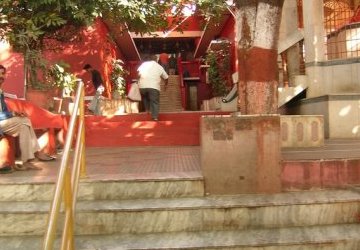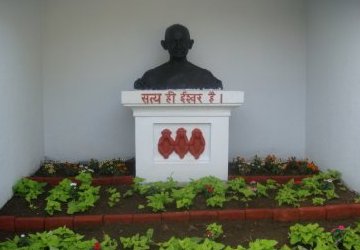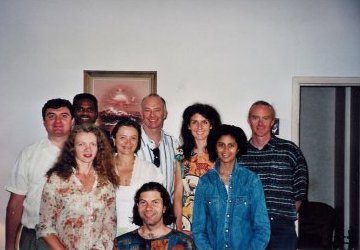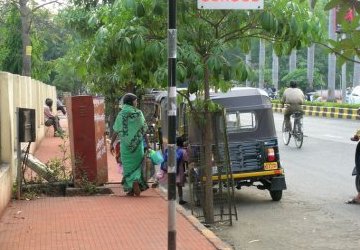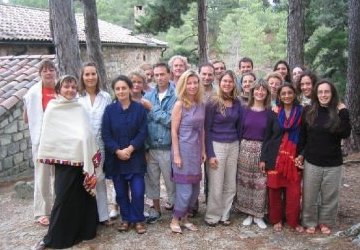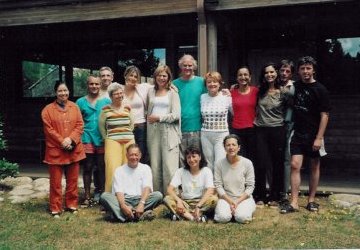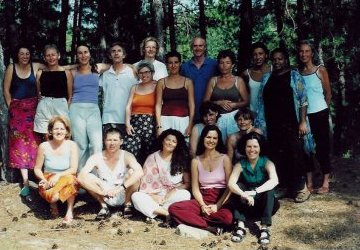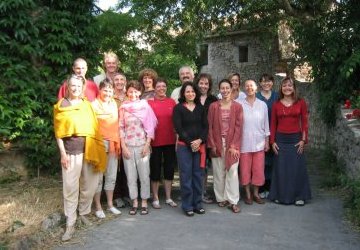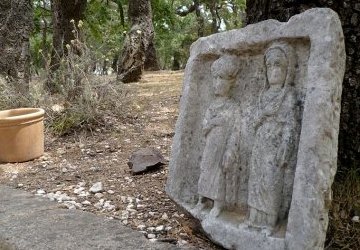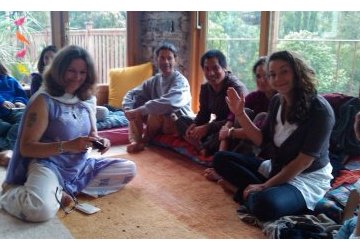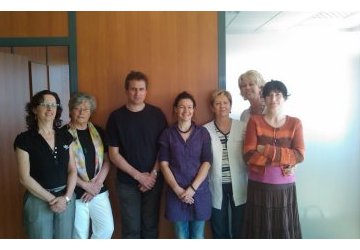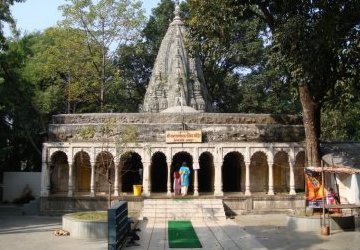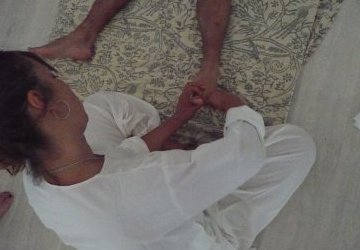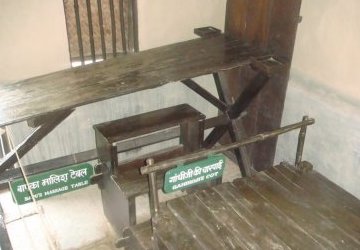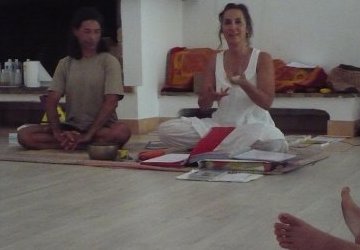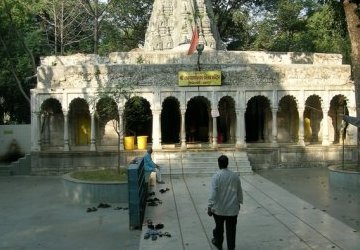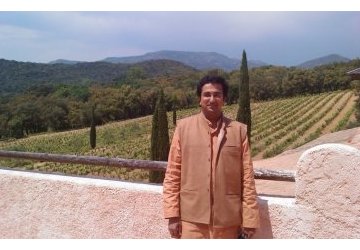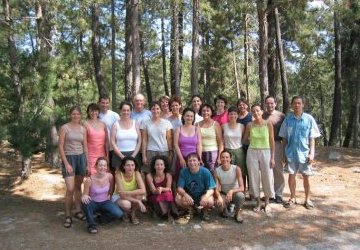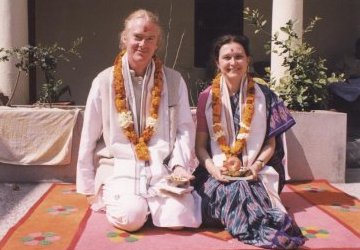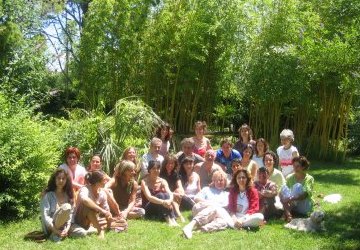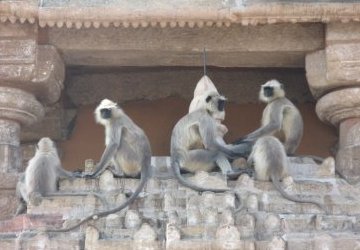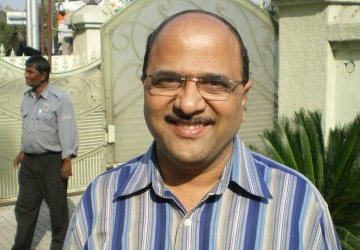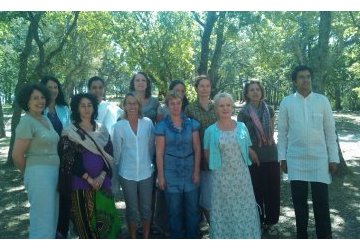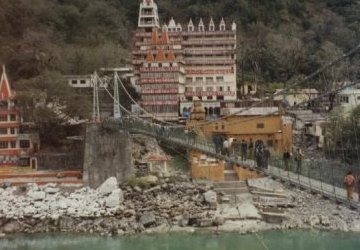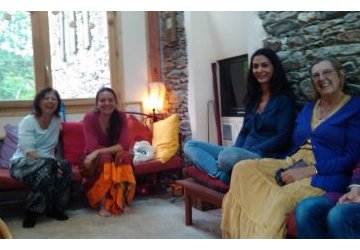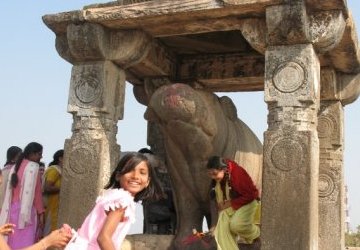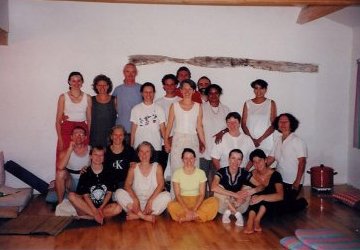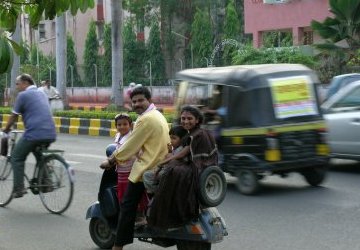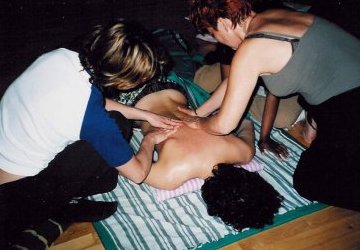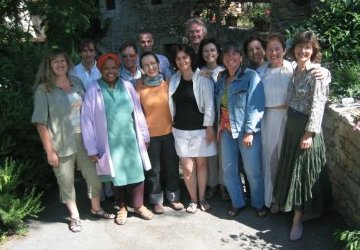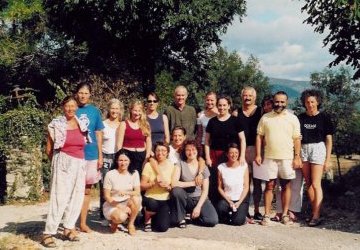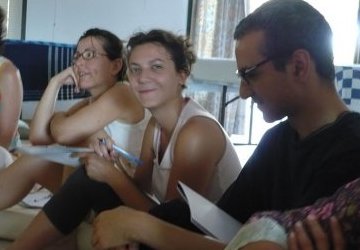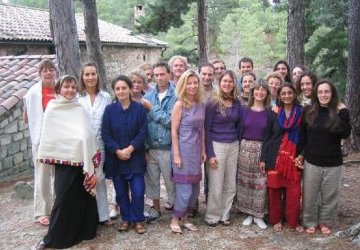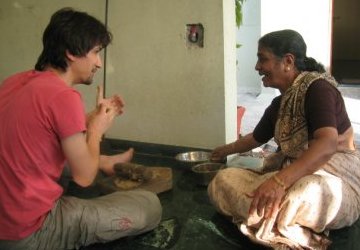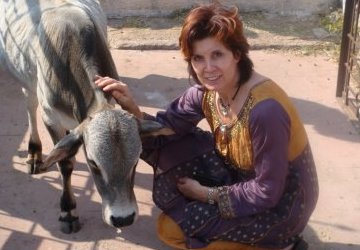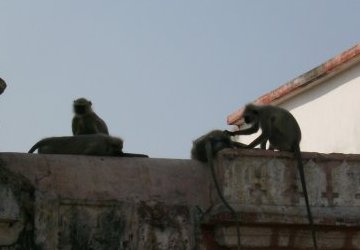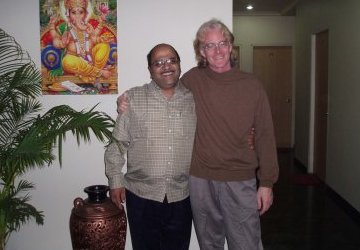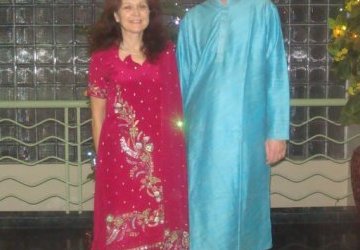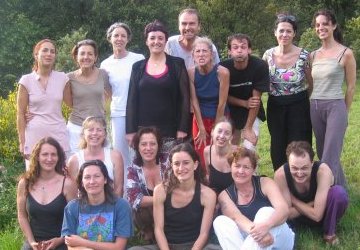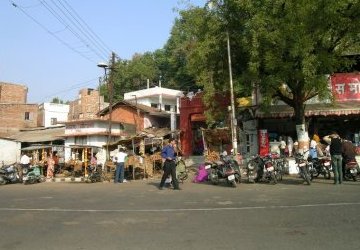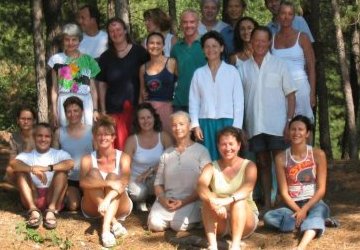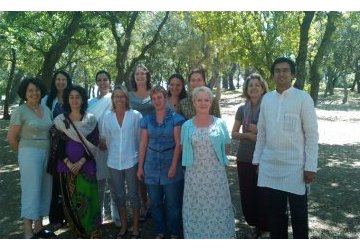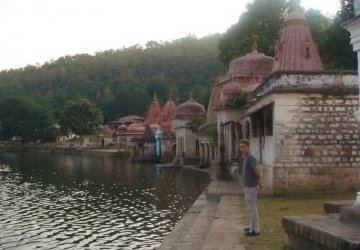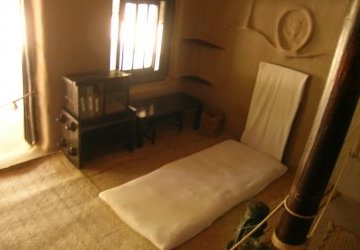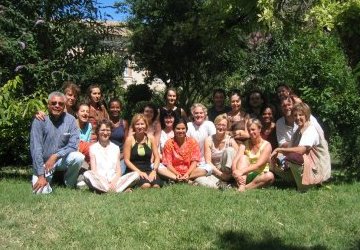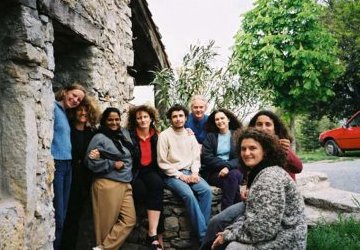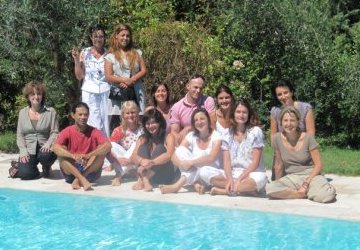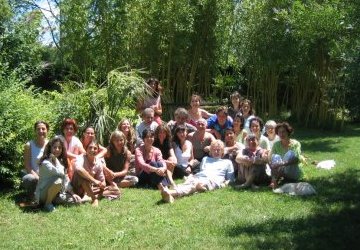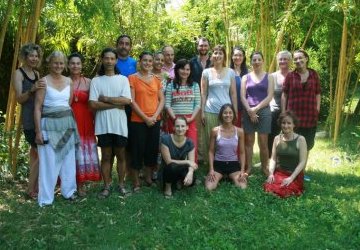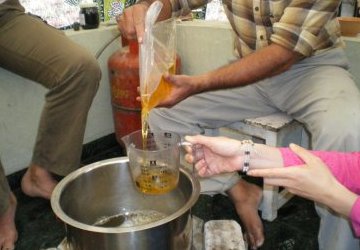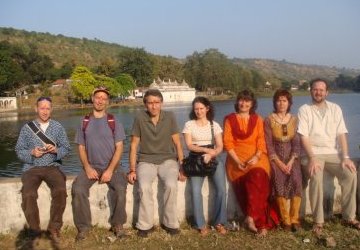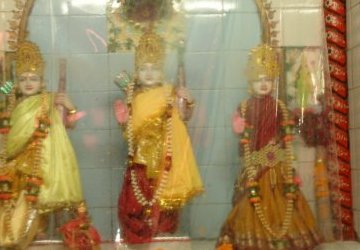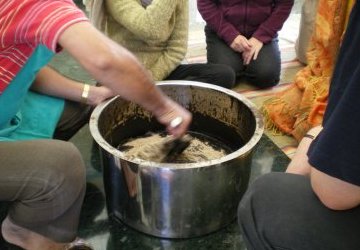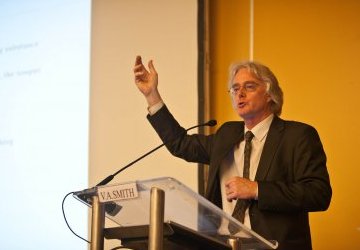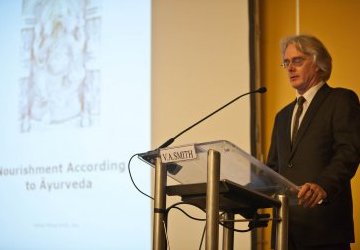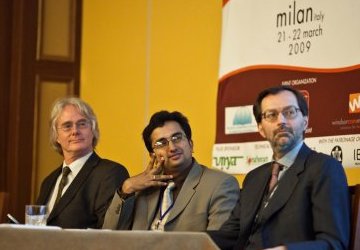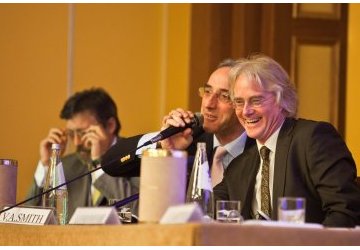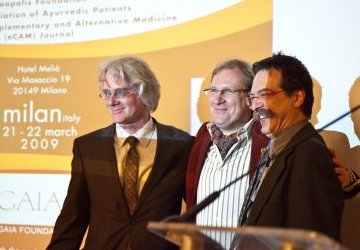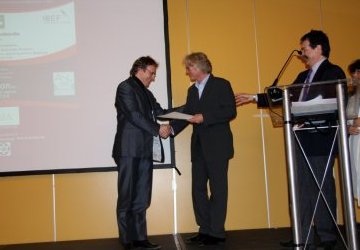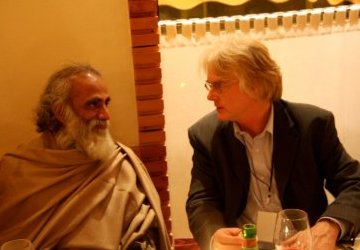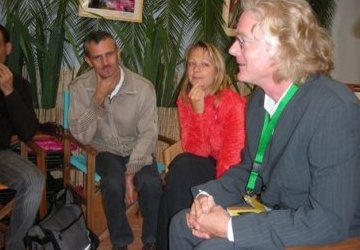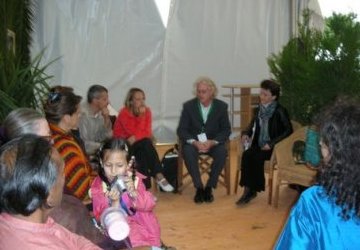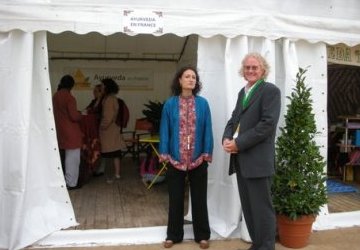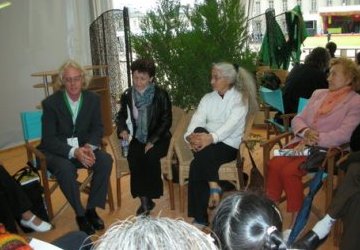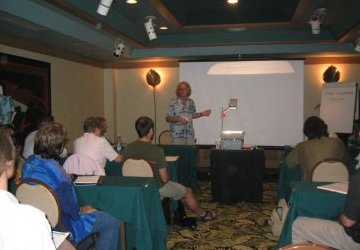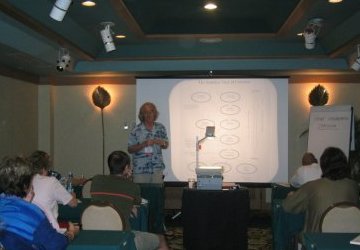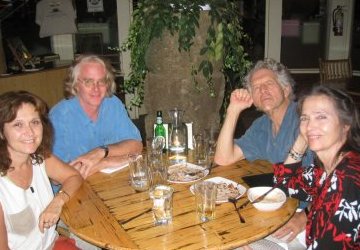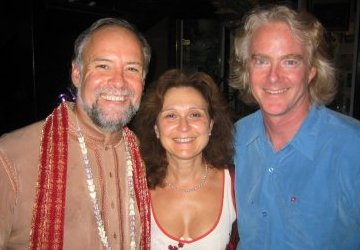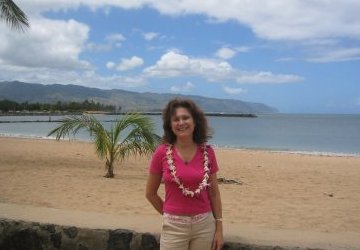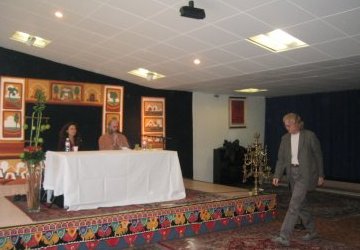Confusion about Nasya
A few years ago student wanted to register for the clinical program in India with my school. She was advised by a friend that is was impossible to do Nasya therapies outside of a clinic. This was in our discussion because Nasya was one of the therapies that was listed in our program. The erstwhile student was influenced by this friend who was - since years - studying the Caraka Samhita.
It is difficult to respond intelligently to these kind of wrong ideas in an email. The ideas become fixed in people’s minds. It requires time to explain things to people and even then if they are very attached to their point of view, right or wrong, they will do anything to maintain it with ferocity.
Nasa as a general term in Sanskrit means the “nose” and Nasya as a treatment means to put something in the nose or even mouth. So the term Nasya generally means any treatment in Ayurveda that is done through the nose; those done at home by yourself and those done in a clinic by the doctor or their staff.
Nasya treatments come in many shapes and sizes….. but the most important – and generally the most misunderstood aspect of all treatments in Ayurveda – is whether the GOAL of the treatment is Langhana or Brimhana. In other words, before even approaching the treatment itself the practitioner needs to decide what the therapeutic goal of the treatment is. While this seems obvious to most people it is rarely understood by Western “scholars” of the Caraka Samhita or other texts. Almost any of the hundreds of therapies used in Ayurveda can be modified to either Langhana or Brimhana.
The terms Langhana or Brimhana means roughly the same in Hatha Yoga as in Ayurveda; Langhana, means to make light or to purify the body; Brimhana, means to make heavy or strengthen the body. So almost all therapies can be either Langhana or Brimhana depending on how the doctor prescribes them and what Dravya (substance) they use to execute the therapy. Take Nasya as an example. Using two drops of Sesame oil in your nose each morning is a common form of Nasya that falls under the heading of Langhana – specifically the Shamana therapies that make up Dinacharya (lifestyle therapies) in Ayurveda. Another common form of Nasya is to use salt water to wash the nostrils out each morning – this comes under Langhana under the Shodhana therapies. There are many of these Shodhana therapies – either dry or with oil. Using salt water is a form of Ruksha (dry, rough) therapies which are opposite to the Snehana (oily, humid) therapies, each of which has very different effects on the three doshas and each of which is either Langhana or Brimhana and are used in Nasya therapies.
Here again these therapies, either Langhana or Brimhana, can be mild or strong. So strong forms we do in clinics where we can watch over the patient and mild forms we add into our daily routines to maintain health. So when you have a person sending you an email saying things like, “there is no need to need to learn Nasya because Caraka says it should only be done in a clinic” and that anything else is “not” really Nasya. Obviously, this person is confusing a form of Snehana Shodhana Nasya that is done with fomentation (heat or svedhana) with the power of Shamana Nasya that is done daily at home over years. The most powerful therapies in Ayurveda are those that are done daily – at home – by ourselves. These are the foundation of Ayurveda and keep the doshas in balance and prevent disease. Basically, if we need Shodhana therapies we have not been doing our Shamana or Dinacharya correctly.
Nasya therapies can also be Brimhana – mainly Rasayana therapies. Using Ghee for example as the therapeutic substance in Nasya will give a Rasayana effect. There are close to a hundred different therapies that we can collectively call “nasya” therapies. They vary from inhalation of smoke (ruksha) to oils made with Black Pepper. Many doctors have their own special formula’s handed down from generations. Therefore, when we speak of any therapy, massage, nasya, basti, etc. the first thing to understand is the therapeutic goal which will determine in the therapy is Langhana or Brimhana.
If the student had studied with me or gone to India and studied with my colleague Dr. Sunil V. Joshi (one of the best doctors in the world) she would have learned this and understood the miss-information cited by her friend. However, she chose to go to law school instead and that was her karma. This reminds me of a story I heard about lawyers:
A lawyer married a woman who had previously divorced ten husbands. On their wedding night, she told her new husband, "Please be gentle, I’m still a virgin." "What?" said the puzzled groom. "How can that be if you’ve been married ten times?"
"Well, Husband #1 was a sales representative; he kept telling me how great it was going to be.
Husband #2 was in software services; he was never really sure how it was supposed to function, but he said he’d look into it and get back to me.
Husband #3 was from field services; he said everything checked out diagnostically but he just couldn’t get the system up.
Husband #4 was in telemarketing; even though he knew he had the order, he didn’t know when he would be able to deliver.
Husband #5 was an engineer; he understood the basic process but wanted three years to research, implement, and design a new state-of-the-art method.
Husband #6 was from finance and administration; he thought he knew how, but he wasn’t sure whether it was his job or not.
Husband #7 was in marketing; although he had a nice product, he was never sure how to position it.
Husband #8 was a psychologist; all he ever did was talk about it.
Husband #9 was a gynecologist; all he did was look at it.
Husband #10 was a stamp collector; all he ever did was... God! I miss him!
But now that I’ve married you, I’m really excited!"
"Good," said the new husband, "but, why?"
"You’re a lawyer. This time I know I’m gonna get screwed!"
For Ayurvedic jokes read about the adventures of Vaidya Kumar here!
Copyright © 2017 EIVS GmbH
– Ayurvedic Medicine for Westerners series of textbooks
Application of Ayurvedic Treatments Throughout Life (Volume 5)
Dravyaguna for Westerners (Volume 4)
Clinical Protocols and Treatments in Ayurveda (Volume 3)
Pathology & Diagnosis in Ayurveda (Volume 2)
Anatomy and Physiology in Ayurveda (Volume 1)

